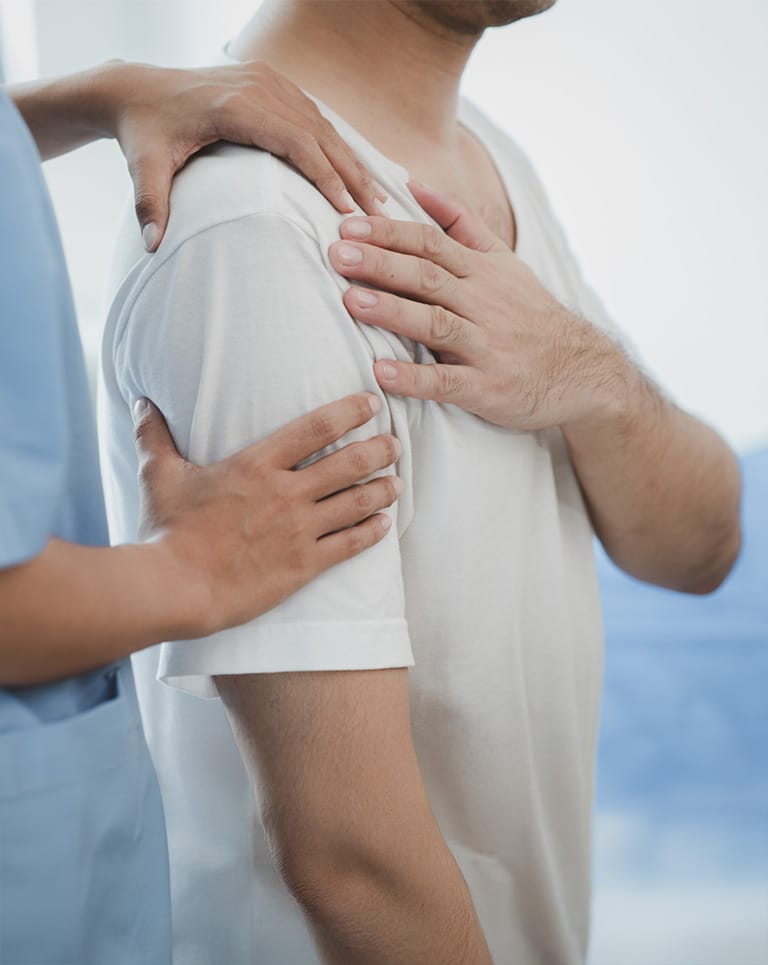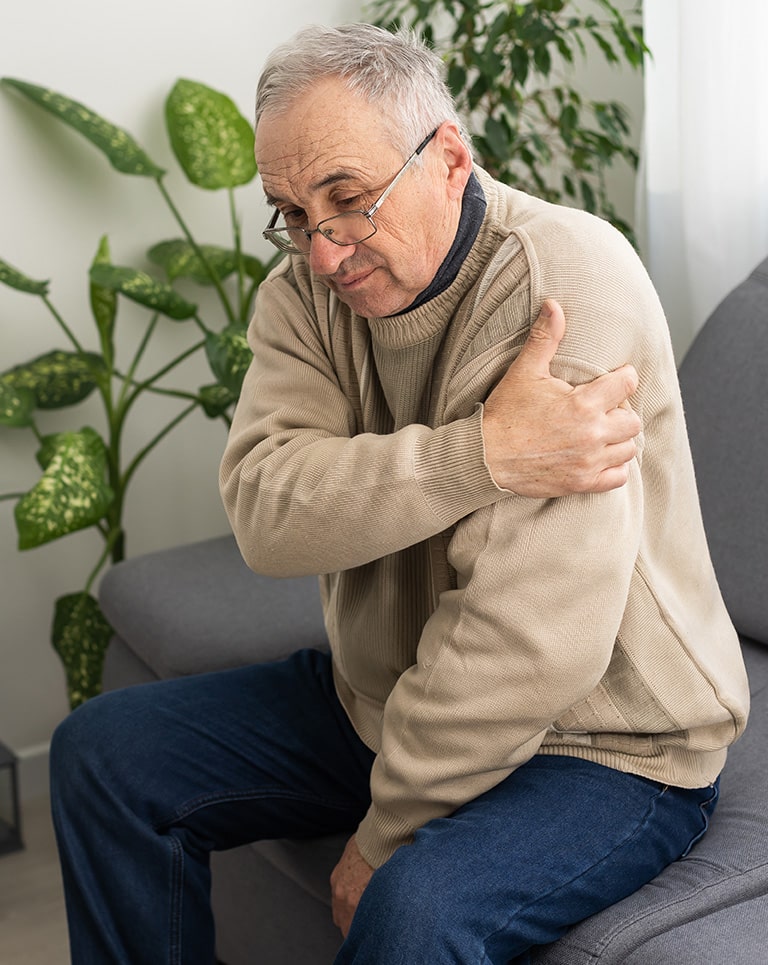
Chronic pelvic pain (CPP) occurs in both sexes but is much more prevalent in women. One study from 2021 states that CPP is common, with an estimated global prevalence of 5.7–26.6% in females and 2–16% in males.
In this blog, we’ll look at the following questions regarding chronic pelvic pain:
- What is chronic pelvic pain?
- What are the symptoms of chronic pelvic pain?
- What causes chronic pelvic pain in women?
- What is the most common cause of chronic pelvic pain?
- How do you fix chronic pelvic pain?
- How do you know if pelvic pain is serious?
What is Chronic Pelvic Pain?
CPP is lingering pain in the lower abdomen and pelvis region between the hips. This pain lasts six months or longer and can either come and go or be constant.
Chronic pelvic pain (CPP) occurs in both sexes but is much more prevalent in women. One study from 2021 states that CPP is common, with an estimated global prevalence of 5.7–26.6% in females and 2–16% in males.
What are the Symptoms of Chronic Pelvic Pain?
The symptoms of CPP come in various forms of pain and discomfort, such as:
- Extreme pain
- Steady pain
- Intermittent pain
- Dull aching
- Sharp pain or cramping
- Pressure on pelvis
- Pain during intercourse
- Pain during bowel movements or urinating
- Pain after sitting for long periods of time
If you exhibit one or more of these symptoms, you should reach out to your primary care physician for a proper evaluation and treatment.
What Causes Chronic Pelvic Pain in Women?

There are multiple causes of CPP, including the following possible conditions:
- Endometriosis
- Pelvic inflammatory disease (PID)
- Fibroids
- Adhesions
- Interstitial cystitis
- Irritable bowel syndrome (IBS)
- Ovarian remnant syndrome
- Nerve impingements
- Musculoskeletal issues
- Psychological conditions
- Reoccurring urinary tract infection (UTI)
While having one or more of these conditions doesn’t necessarily mean you have or will develop CPP, it’s essential to reach out to your doctor if you notice any symptoms or pain.
What is the Most Common Cause of Chronic Pelvic Pain?
The most common cause of CPP is endometriosis. Endometriosis is a chronic condition that affects tissue growth in the endometrium. This condition causes the tissue cells lining the inside of the uterus to grow outside of the uterus on other organs and structures in the pelvic area.
The misplaced tissue can cause intense pain, and women with chronic pelvic may experience heavy periods or infertility in women. Endometriosis affects 1 in 10 women of reproductive age, making it a common condition. No known cure for endometriosis exists, but numerous medications, treatments, and lifestyle changes can manage the symptoms.
How Do You Fix Chronic Pelvic Pain?

There are several options for the treatment of chronic pelvic pain. In some cases, CPP may go away completely, but if not, long-term pain management is still available.
When treating chronic pelvic pain, options may include the following:
- Pain medication
- Physical therapy
- Nerve blocks
- Surgery
- Lifestyle changes
- Exercise
- Stress management
- Diet changes
Consult with a healthcare provider to determine which treatment options best fit you. Surgery for chronic pelvic pain is usually in more unique or severe cases.
How Do You Know If Pelvic Pain Is Serious?
If you’re experiencing extreme or sudden pelvic pain, seek medical assistance. Likewise, if pelvic pain is disturbing, interfering with daily life, or worsening over time, make an appointment for a physical exam with your doctor. Untreated pelvic pain can lower quality of life and impact both physical and mental health long-term or permanently.




